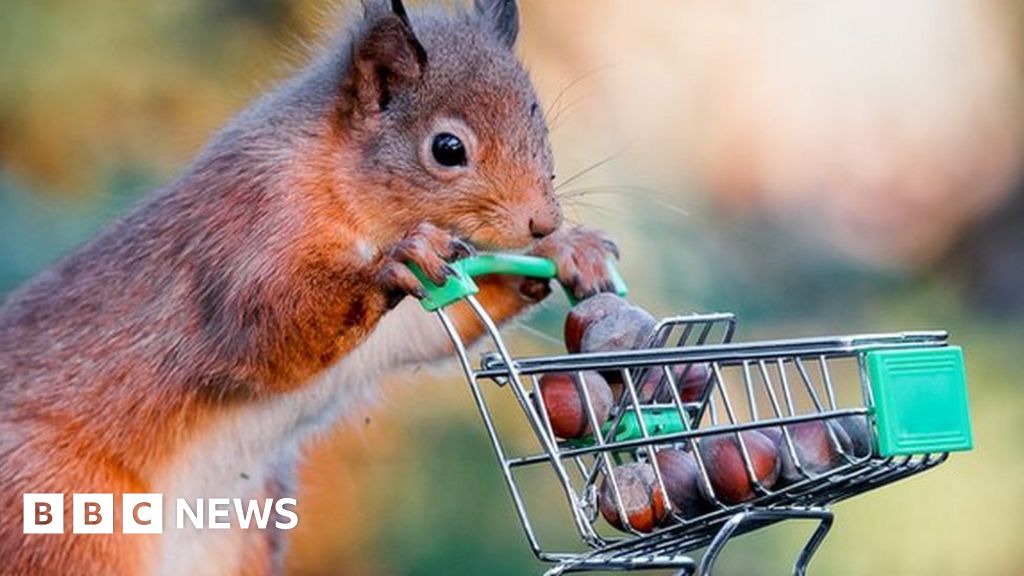

When turning his attention to nestling squirrels, Lishak could decipher a further five calls: loud (72dB) distress calls in the form of squeaks that travelled considerable distance growls screams that were also sometimes emitted with growls tooth chatter that was associated with aggression and often accompanied by both screams and growls and a range of what he termed ‘solicitation calls’, that were non-vocal and involved the nestlings smacking their lips or vibrating their nasopharyngeal membranes. The mating call of a female Grey squirrel. The short, soft "chukking" call of Red squirrels during a chase. The "chuck" or "quaa" call of a Grey squirrel. Your browser does not support the audio tag. Lishak also described vocalisations that started and ended abruptly, with a mean note duration of 0.05 seconds these were the mating calls and varied according to the stimuli the squirrel was exposed to. Lishak noted that some hybrid calls were produced, including the buzz-quaa that was “ not unlike a chicken’s clucking” and modulated quaas or quaa-moans. Adult alarm calls consisted of four distinct types: buzz, kuk, moan and the repetitive barking quaa.

While studying Greys on the Auburn University campus in Alabama between April 1978 and June ‘79, Robert Lishak recorded 5,000 vocalisations from 82 squirrels and grouped them into 11 different call types. Piercing screams have been documented during particularly aggressive encounters and Red kittens produce “shrill piping calls”. Indeed, Red squirrels are known to produce both loud and soft “chucking” noises, a vehement “ wrruhh-ing” as well as various moans and teeth chattering.

Social interactions, especially those related to the defence of resources or kittens from interlopers and predators, often involve sound.


 0 kommentar(er)
0 kommentar(er)
